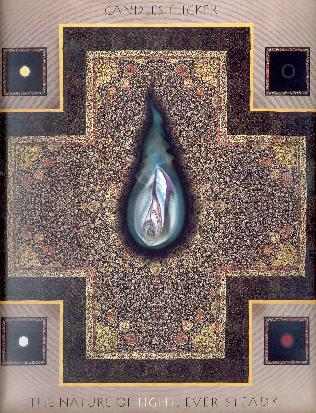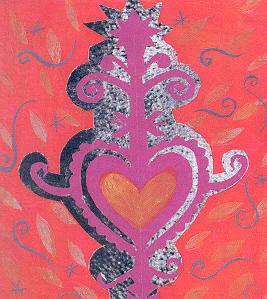Rabindranath Tagore (1861-1941) is widely considered the greatest influence in modern Indian literature. In his native land of Bengal-which is known today as the country of Bangladesh-his influence is equal to that of Shakespeare throughout the English-speaking world. His songs are sung in elementary schools, and his poems and other writings are the subject of numerous theses and dissertations at the universities each year. Indians revere Tagore as an artist, sage, reformer, and spiritual leader; Tagore's work and life are the subject of frequent conferences and books that deal with what his vision might mean for the future of India.
He made a significant contribution to education, expanding his father's small school into a university and instituting reforms that are in place to this day; created a new form of Indian musical composition; founded an important ashram; became a vital conduit of Indian culture to the Western world at a time when Britain and India were warring with each other; and, late in life, while exploring his own emergence as a visual artist, introduced modern and abstract painting to his people. Tagore was innovative in writing his poetry in the vernacular Bengali language rather than in the traditional Sanskrit-thereby almost singlehandedly creating what is now Bengali literature-and his poetry evokes the flavor of the real Indian countryside, not the Anglicized India of the colonial period...
An acomplished poet, novelist, short story writer, painter, playwright, philosopher, and educator, Tagore first achieved fame in the West when he was awarded the Nobel Prize for Literature in 1913. The prize coincided with the publication in English of Gitanjali ("Song Offerings"), Tagore's most important collection of poems or songs up until that time and still his most-read work...
Many of Tagore's conversations with other luminaries of the early twentieth century were recorded and published, including his talks with Albert Einstean, Mahatma Gandhi, H. G. Wells, George Bernard Shaw, Thomas Mann, and Robert Frost.
Tagore was born in Calcutta and later died there...
p16
In a series of lectures delivered in America and in England in 1913, Tagore attempted to explain his mysticism more deeply to the thousands of people in the West who were now reading his poetry. These lectures were published under the title: Sadhana: The Realization of Life. Ernest Rhys, a contemporary listener to these talks and a good friend of Tagore, explains the mysticism of the poet and his poems:
quote:
Rabindranath brings his series of realizations to a period with his pages on the mystery of love. "Who could have breathed or moved if the sky were not filled with joy, with love?" The soul is on a pilgrimage: it is traveling from the law, which assigns its relative place in the moral order, to love, which is its moral freedom. Buddha named this infinite love Brahma Vihara-"the joy of living in Brahma." And he taught that whoever would attain to it must purge himself from hatred, and the malice of deceit, and the rage of injury. The free spirit was he who could have measureless love for all creatures-even as a mother has it for her only child.
The light within, the little ether in the heart, is continually flowing out to join the light without: it is the water-drop going to the sea, the child to the mother, the eye to the sun. Thus is fulfilled the circle of realizations. "From joy are born all creatures, by joy they are sustained, toward joy they progress, and into joy they enter." With this perfecting of the circle of delight our whole being dilates; a luminous consciousness of the far greater world about us enters the soul, and obsesses it. Then it is, indeed, that our spirit finds its larger self, and becomes sure it is immortal. "It dies a hundred times in its enclosures of self; for separateness is doomed to die, it cannot be made eternal. But it never can die where it is one with the all." There is the secret of that persuasion of immortality, which is instinctive in most of us, with the instinct of life itself and the obstinate desire for its perpetuity. Now convert the term of joy into love, and you have the lyric formula complete, which was behind the songs of the Vaishnava poets and is behind those of Gitanjali. "From love the world is born, by love it is sustained, toward love it moves, and into love it enters."
-Tagore, The Mystic Poet, Preface by Swami Adiswarananda






